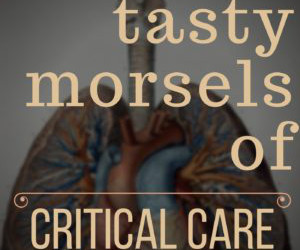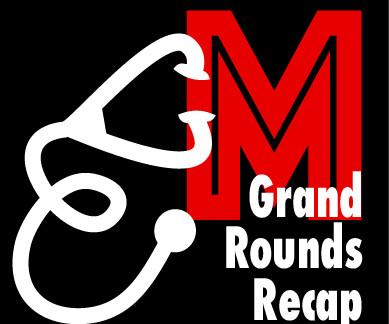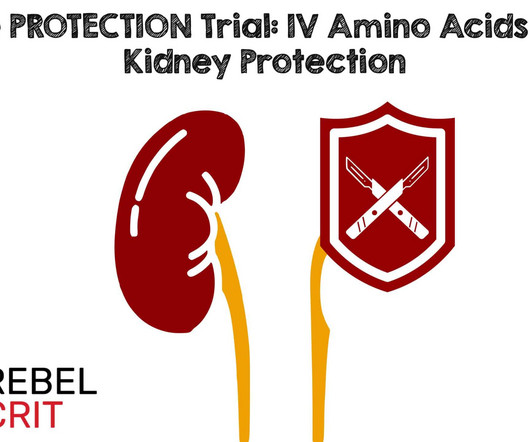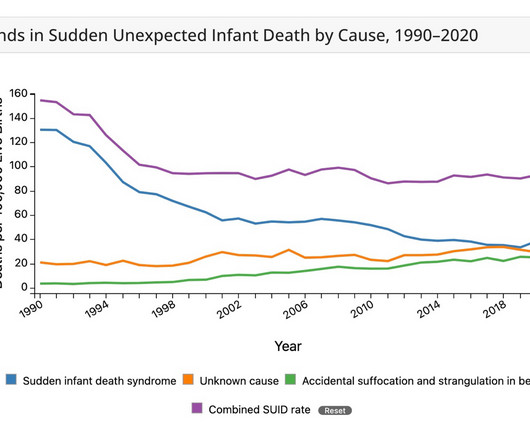ECG Blog #366 — Diltiazem didn't work.
Ken Grauer, MD
FEBRUARY 28, 2023
Figure-2: I've color-coded P waves from Figure-1 according to P wave morphology ( See text ). NOTE: For clarity — I've color-coded P waves in the long lead II rhythm strip according to morphology. MAT almost always occurs in one of 2 common predisposing settings.






































Let's personalize your content